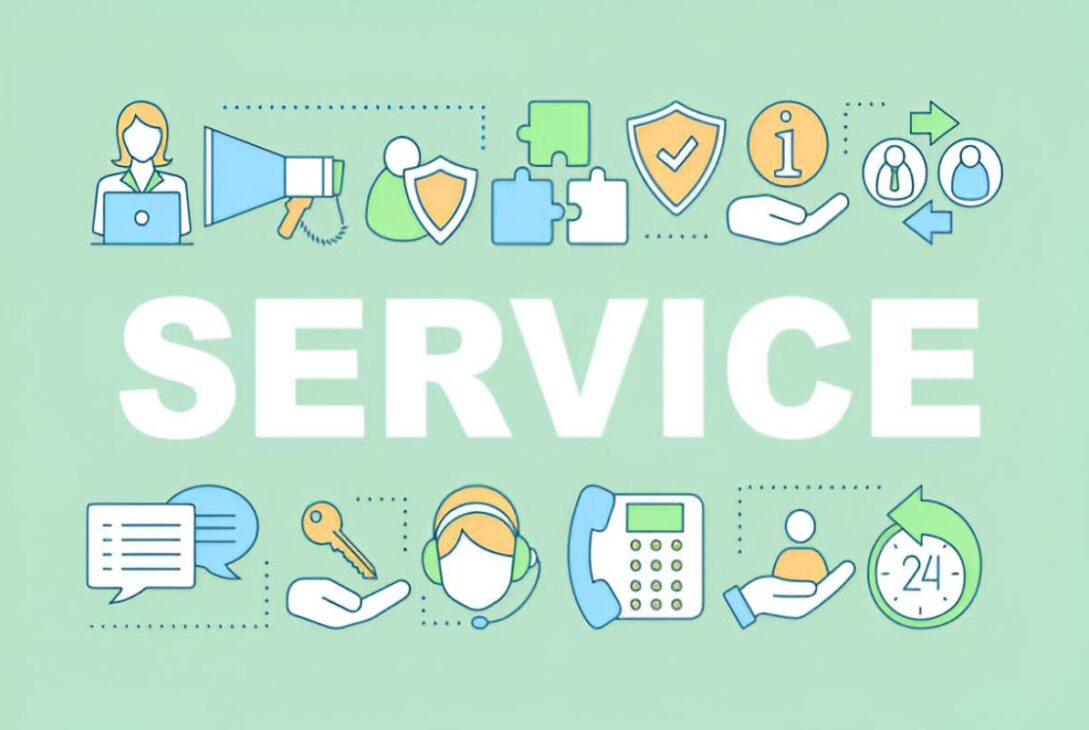Let’s be honest.
Half the time, feedback in call centers goes something like this:
Agent takes the call. Customer vents. QA reviews the call a week later. Notes are made. A Slack message is sent. The end.
No follow-up. No accountability. No change.
Just a polite graveyard of well-meaning suggestions that never made it off the doc.
If you’re wondering how to improve call center customer service, it starts right here—with building a feedback loop that actually loops. Not just collects. Not just reports. But turns insight into action.
Step One: Stop Using Feedback Like a Postmortem
Feedback shouldn’t feel like an autopsy.
If the only time you review an interaction is after the damage is done, you’re not training agents—you’re scolding them. And guess what? That doesn’t work.
Instead, move closer to the moment. The gold standard? Real-time coaching. Tools like Balto’s AI-driven platform help agents during calls, not days later, with smart prompts and live suggestions that change outcomes in real time.
Feedback that saves the call > Feedback that analyzes the loss.
Every. Single. Time.
Step Two: Make Quality Visible and Personalized
Here’s a common trap: vague goals.
“Be more empathetic.”
“Stick to the script.”
“Improve your tone.”
Cool… but how?
If you want your agents to level up, give them clear, personalized performance data. Not just scores on a dashboard—actionable, behavior-linked feedback.
- Instead of “You scored low on tone,” try “Customers responded better when you mirrored their language.”
- Instead of “Watch your handle time,” try “Calls where you verified needs upfront ended faster by 30 seconds.”
Clarity creates movement. Vagueness breeds confusion.
Step Three: Automate What Slows You Down
Managers shouldn’t be detectives. They shouldn’t be spending hours combing through random call recordings like they’re mining for gold. They should be coaches—guiding, correcting, and reinforcing what’s working.
That’s why automating QA is such a game-changer.
Platforms that monitor 100% of calls, like Balto, remove the guesswork and surface what matters. Fast.
Think of it as a smart filter: no more “I think this might be a trend.” Now it’s “This phrase increased satisfaction by 12% last week—let’s replicate it.”
That’s how feedback becomes strategy.
Step Four: Align Metrics with What Actually Matters
Let’s talk about metrics. Because yes, data is good. But too much of the wrong data? That’s just noise with a pie chart.
Ask yourself:
- Are we measuring what drives loyalty, or just what’s easy to track?
- Are we focused on talk time, or resolution quality?
- Are our QA rubrics built around internal checklists, or customer experience?
Spoiler: Customers don’t care if your agent used the branded greeting. They care if they were heard, helped, and treated like a human being.
So if your metrics don’t reflect that? Fix them.
Step Five: Close the Loop with Coaching (Not Punishment)
Here’s a radical thought: feedback shouldn’t feel like punishment.
It should feel like growth.
That means no more “gotcha” QA sessions. No more top-down lectures. Instead, build a coaching culture where agents are active participants in their development.
- Review real examples together.
- Celebrate micro-wins (“Your tone here changed the customer’s whole mood”).
- Set tiny, achievable goals and track progress.
Empowered agents = better service.
Fearful agents = “Let me transfer you to someone else…”
Step Six: Ask the Right People—Your Agents
Crazy idea: Want to improve your call center experience?
Ask the people who are living it 50 times a day.
Agents often have the best ideas on how to improve call center customer service. But too often, they’re excluded from the conversation. Or worse—ignored after they speak up.
So ask. Listen. Implement.
You’ll be shocked at how fast things get better when people know their voice matters.
Final Thoughts: Feedback Alone Doesn’t Improve Anything
We don’t have a feedback problem in contact centers.
We have an activation problem.
The surveys, the QA scores, the call recordings—they’re already there.
What’s missing is the will (and system) to do something with them.
So if you’re serious about learning how to improve call center customer service, here’s the playbook:
- Capture the right feedback.
- Deliver it in real time.
- Connect it to outcomes.
- Build trust, not fear.
- Automate where possible.
- Involve your agents.
And above all, act fast—because customer expectations aren’t slowing down.
Also read: Why Your Business Needs a Custom CRM Instead of Off-the-Shelf Solutions



